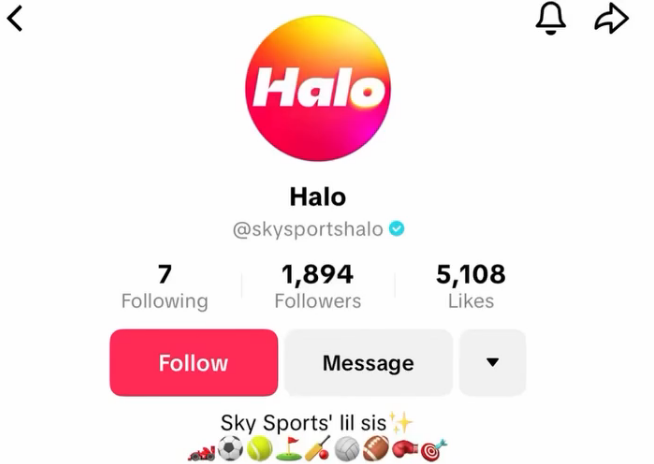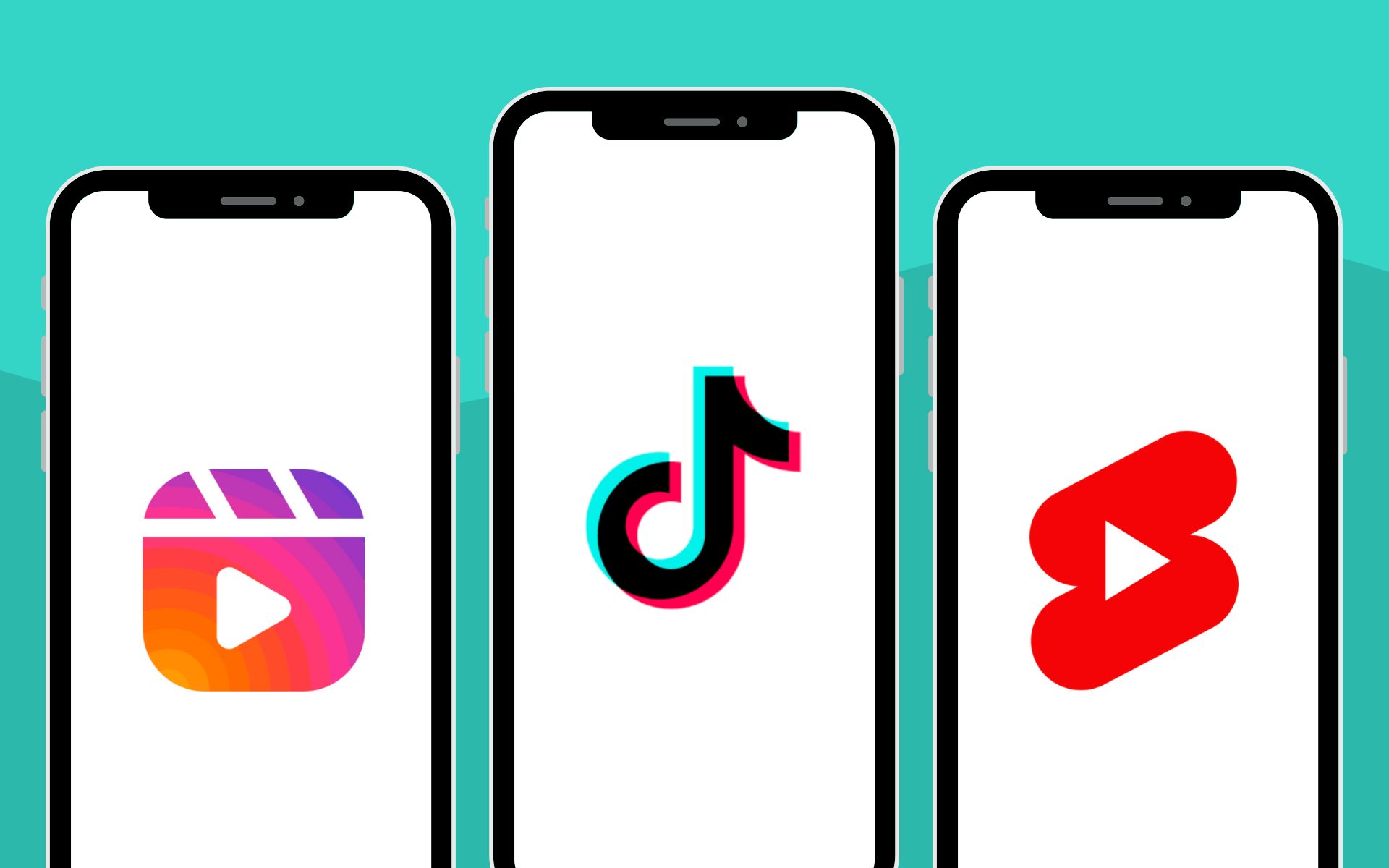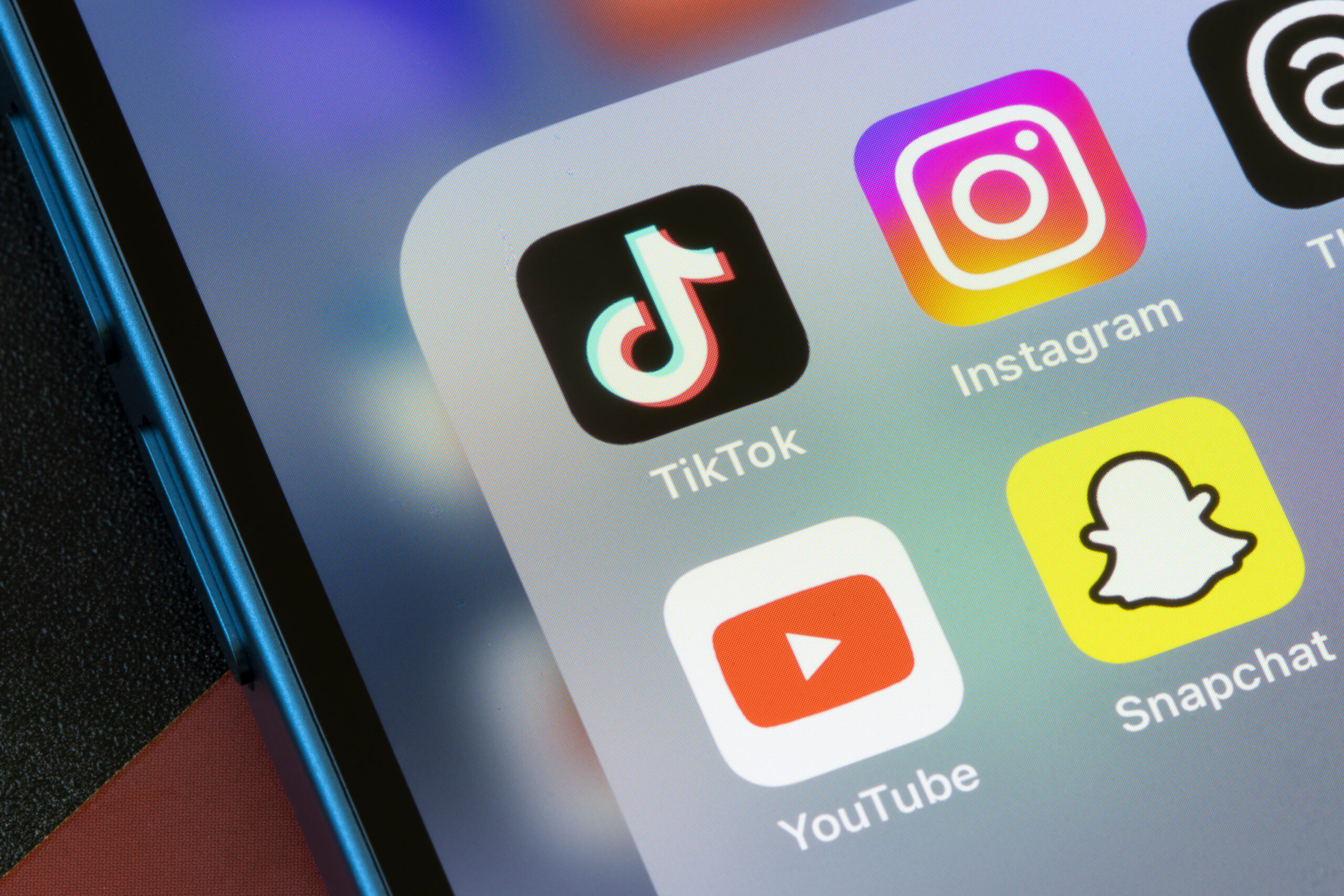Trying to find and target specific demographics means researching and taking the time to understand the language and tone that resonate with those audiences.
It’s a process that shouldn’t be rushed, as it can go very wrong, very quickly.
That’s what Sky Sports found out.
After announcing their new TikTok account “Halo” as a female-targeted version of their main coverage, Sky Sports has dropped the new TikTok account after just two days, following some pretty hasty backlash from those on social media.
Describing the account as the ‘lil sis’ of the main Sky Sports coverage, the platform took a risk to target a particular demographic of female sports lovers.
The attempt was horrific.
Using cringey TikTok cliches that blatantly came off as misogynistic and degrading, and its insistence on using pink text with “cutesy” emojis, fell flat on its face as the entire sporting community fully rejected this attempt.
In this blog, we’ll cover the content they attempted, why it failed so badly, and what other companies can take away from this to make sure they don’t make the same mistakes that Sky Sports did.
The launch of Sky Sports Halo
The initial launch right from the beginning. Describing a platform as the “lil sis” of its main platform immediately discredited the entire account.
Its announcement video on TikTok (which has now had its comments disabled, for obvious reasons) felt like a huge act of patronising women in sport, both fans and sportswomen alike.
For a group that has spent so long fighting for equal representation, respect, and opportunities in sport, being framed as the “younger sibling” to the “real” sports coverage felt dismissive.
Instead of elevating female fans, Halo positioned them as needing simplified, cuter content.
Why did it fail so badly?
It’s a bad judgment of its target audience. The account aimed to expand women’s presence in sport. It showed zero sign of this. If Sky Sports ever wanted this idea to work, they needed to listen to their customers rather than think they know what they want.
Out-of-touch, surface-level, and tone-deaf. That’s all Halo was.
The TikTok account felt more like an attempt to package sports fandom as something pink and palatable, rather than authentic and diverse. Instead of amplifying women’s voices in sports, it reduced them to gendered stereotypes that patronised them.
One video, which has since been taken down, describes an Erling Haaland goal with the caption of “how the matcha and hot girl walk combo hits”.
Who are they trying to target with this video?
Women make up a massive portion of sports fans. They don’t need sporting moments watered down or “translated” into TikTok slang to understand or enjoy them.
Another video that highlighted just how badly Sky Sports misunderstood its audience featured Barbie-style dolls.
Taking some of the best sportswomen in the world, like Bunny Shaw, and reducing them to Barbie dolls only reinforced how poorly executed Halo really was and how much they misunderstood what their audience wanted.
Instead of celebrating these athletes for their skill, achievements, and impact on the sport, the content belittled them to make sport content “girlified”.
Just one of the many glaring reminders that the Sky Sports and Halo team didn’t understand what their audience wanted or even who that audience is.
The only thing the account managed to do was undermine its own reputation.

What can other companies learn from this?
Do your audience research
Understanding your audience means taking the time to listen genuinely, don’t just assume what you think they want and run with it.
Proper audience research involves speaking to real fans, studying their behaviour, and understanding how they already consume content.
If you skip this step and rely on assumptions, you end up creating content that feels forced and performative.
Avoid cliches and stereotypes
You want to speak to your audience with true meaning.
“Acting relatable” to a certain demographic with stereotypes is a clear-cut way of saying that you don’t understand who you’re actually talking to.
Make your content authentic
Audiences can spot when something is being created for them versus about them from a mile away.
For your content to sound real, you really need to get into your audience’s shoes and create content that truly speaks to them.
Genuinely authentic content takes time to create. You need to put in the effort to make that content work.
If the goal is inclusion, then the representation must uplift, not belittle.
A final thought
Take the short-lived and badly executed career of Sky Sports Halo as a reminder that execution is everything.
Halo could have been an opportunity to elevate women’s voices in sport and celebrate their contributions.
Instead, it became a showcase of how badly you can ruin your reputation within a certain demographic by failing to put in the time to resonate with them.








